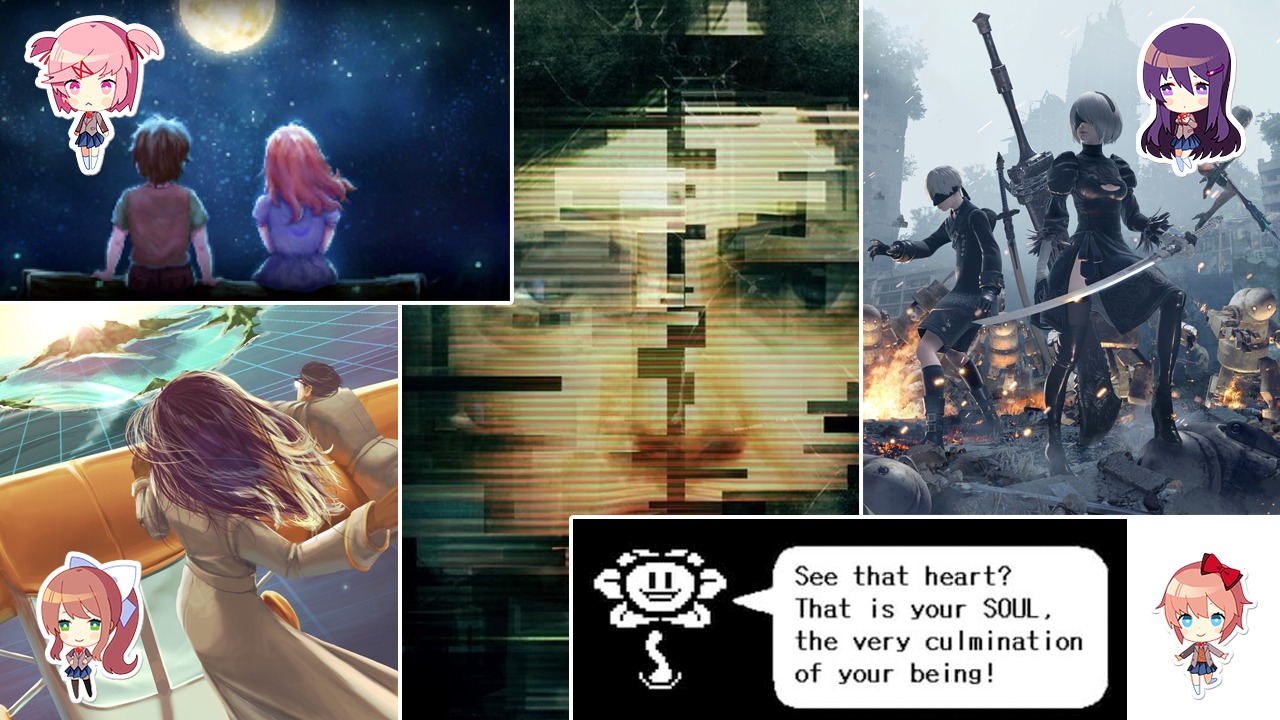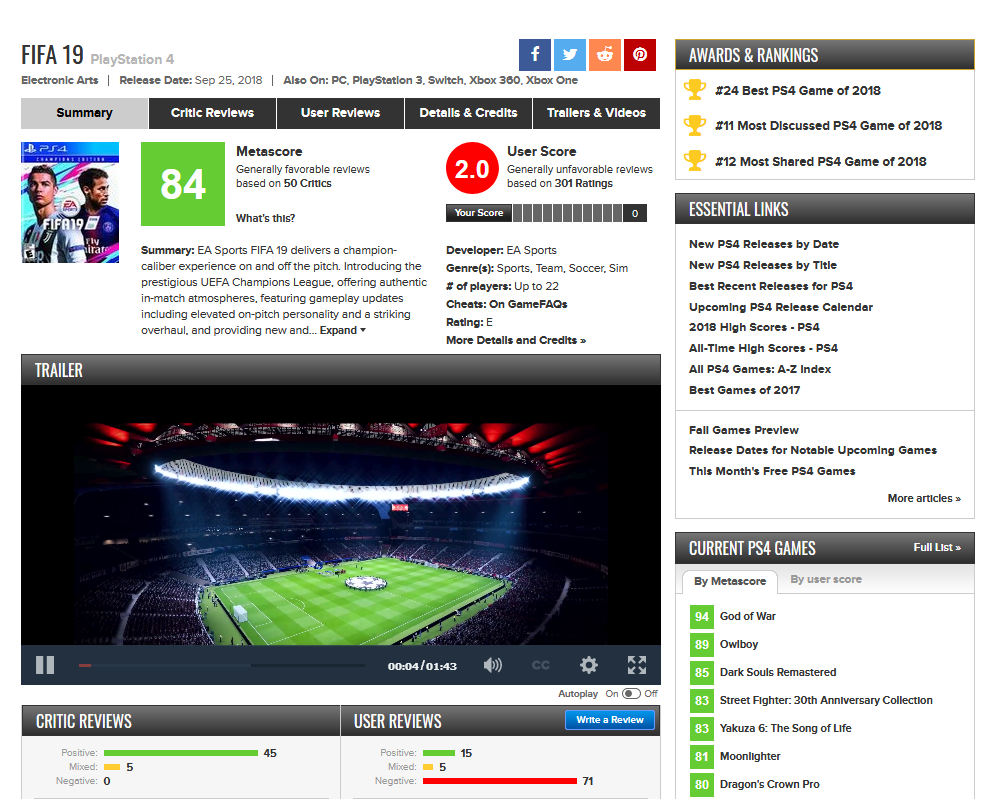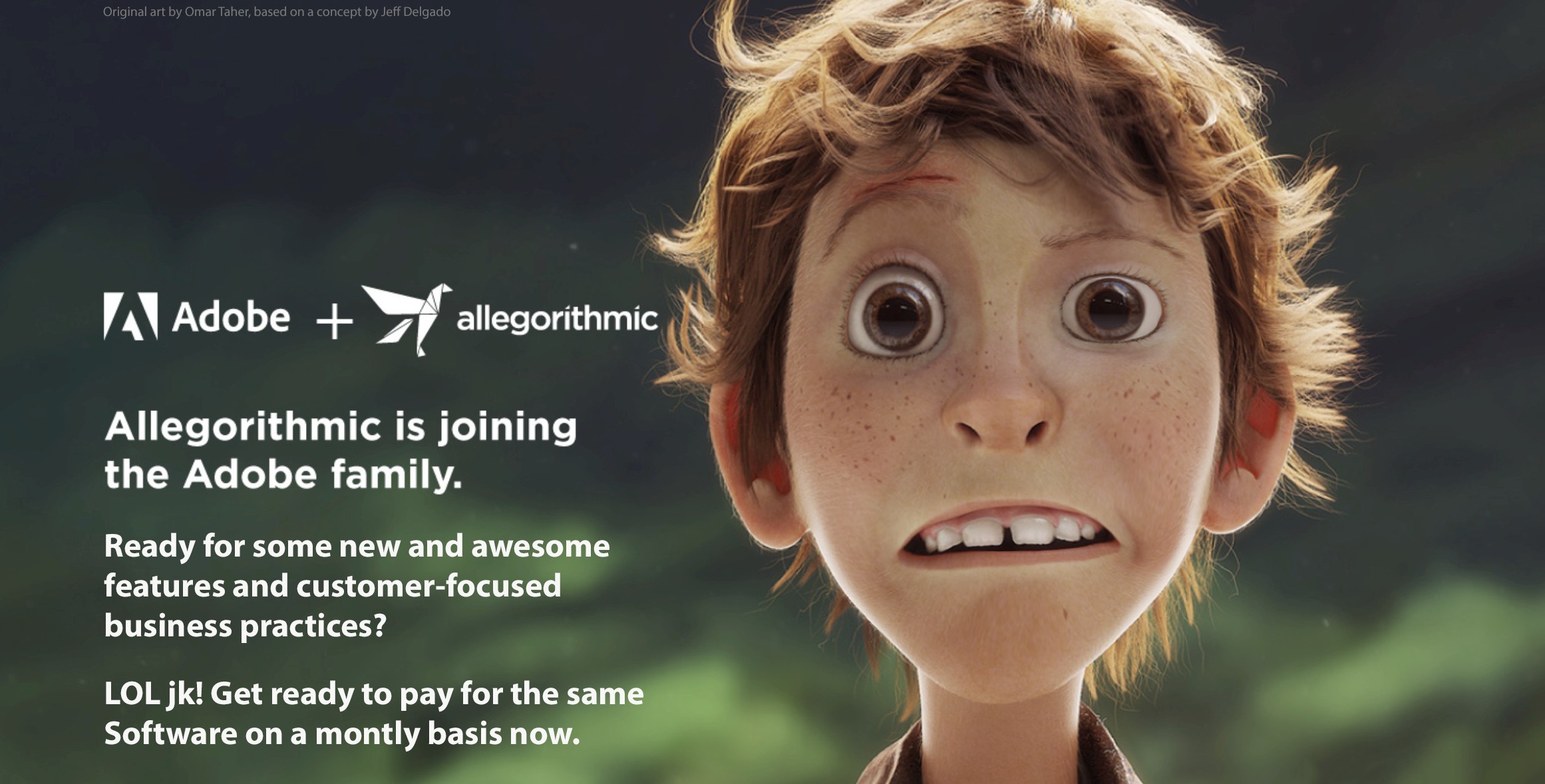Yet another random sculpt
It may not be perfect by any means, but a mere year ago I wouldn't even dare to dream about ending up with something like this starting with a sphere without using any reference in just a couple hours. Feels Good Man.

Deep, Meaningful and Possibly Life-Changing Story-Driven Games Everyone Should Play Regardless of Previous Gaming Experience [No Spoilers]

Today we'll once again discuss one of the most remarkable types of media — Video games. Interactive nature of multimedia games makes it possible to tell stories in bold and original ways, allowing players to experience the narratives at their own pace. Or customize the player's experience by providing different story routes or even finales based on one's actions throughout the journey.
Some projects can only work in the form of a videogame, especially those which rely heavily on player choice as well as provide replayability by changing some of the aspects of the game, essentially turning it into an endless experience.
Among the games we play there's a range of particularly impressive narrative-driven titles which tell some fairly complex stories by taking the player through the whole spectrum of emotion: there's no black and white, there are no cliché Hollywood endings, — only non-polarized, deep, sometimes even dark topics put under scrutiny. They raise philosophical questions about the world we live in, the things that make us who we are, the human condition in general and the meaning of it all, without giving pre-digested answers, but rather making the player think, sometimes even causing one to lose sleep over the choices made or events experienced.
I believe these Games are the pinnacle of interactive storytelling and some of them deserve universal praise and simply must be played, — no, experienced by everyone, regardless of age, gender or previous gaming experience. Just like a well-cooked and masterfully spiced meal astounds one with a symphony of taste, these Games deliver some of the most intense experiences one can expect from a multimedia project.
Dynamic Sloshing Liquid Rig. Making It Look Like a Simulation With Nothing but the Awesome Power of Math. Part 1: The Basic Rig
Check this out:
Looks delicious, doesn't it?
What you see here is not a result of a fluid simulation. It's a combination of Linear Algebra and some neat mesh manipulation tricks to make the surface deform and behave as if it were a small body of water in a container reacting to being thrown around a scene, sloshing and splashing back and fourth.
This is what you call a rig. A "sloshing liquid rig" as I decided to name it. Intended to be used in a couple of scenes of the animated short film I'm working on.

This bad boy will save me so much time when I get to animating liquids for background objects.
Let's now dive in and see what's happening under the hood. There's some math involved, but be not afraid: as always, I will try to make it as entertaining as possible and visualize everything along the way.
Bring on the drama!
I'm sorry, but I simply could not resist.
It's just... Dramatic...
[Queue pause...]
TOO DRAMATIC!
EA Games FIFA 19. A Failed Paid Reviews Extravaganza and Why You Should Never Trust Popular Game and Entertainment Media
This is a very quick post regarding modern PR practices and how every single medium to large-scale video game and entertainment media website cannot be trusted never-ever-never. Ever.
Disclaimer: I don't play sports games, especially soccer games. I just don't care about football. This post is exclusively about dirty PR practices employed by commercial companies and PR agencies they work with.
The Case
On September, 25-th EA Games released a new title in their well-known sports games series named "FIFA 19". I won't go into details what a... Controversial product it ended up being. If you're interested, please refer to the following videos by YongYea: one, two, three.
I'm here to talk about how the game scored at one of the better known review sites out there — Metacritic.
Here's the FIFA 19 for PS4 page at Metacritic in its current state (Oct, 5-th):

Ports of the game for PC, XBox 360 and other platforms do not fare much better and don't differ that much so I'll just focus of the platform with the most reviews and critic scores — PS4.
Note the sharp disparity between "Critic" and "User" scores for the product.
EA is a big Commercial Entity and its CEO knows the company needs to maintain good sales of its products. The most common way to do so when it comes to review websites and social networks have always been... paid reviews. It doesn't come as a shock to anyone: everyone is aware that at least a 15-30% of all reviews on the Internet should be taken with a grain of salt, so to speak.
The Reviews
As a web project manager working for a public commercial company I have an understanding of how you should approach paid reviews, how one should create new virtual users and make the best use of those accounts as well as existing ones.
And I can definitely tell you this is not how you do it.
Reality Check. What Is NVIDIA RTX Technology? What Is DirectX DXR? Here's What They Can and Cannot Do
NVIDIA and its partners, as well as AAA-developers and game engine gurus like Epic Games, keep throwing their impressive demos at us at an accelerating rate.
These feature the recently announced real-time ray tracing tool-set of Microsoft DirectX 12 as well as the (claimed) performance benefits proposed by NVIDIA's proprietary RTX technology available in their Volta GPU lineup, which in theory should give the developers new tools for achieving never before seen realism in games and real-time visual applications.
There's a demo by the Epic team I found particularly impressive:
Looking at these beautiful images one can expect NVIDIA RTX and DirectX DXR to do more than they are actually capable of. Some might even think that the time has come when we can ray trace the whole scene in real-time and say good bye to the good old rasterization.
There's an excellent article available at PC Perspective you should definitely check out if you're interested in the current state of the technology and the relationship between Microsoft DirectX Raytracing and NVIDIA RTX, which without any explanation can be quite confusing, seeing how NVIDIA heavily focuses on the native hardware-accelerated tech which RTX is, whist Microsoft stresses out that DirecX DXR is an extension of an existing DX tool-set and compatible with all of the future certified DX12-capable graphics cards (since the world of computer graphics doesn't revolve solely around NVIDIA and its products, you know).
So here I am to quickly summarize what RTX and DXR are really capable of at the moment of writing and what they are good (and not so good) for.
